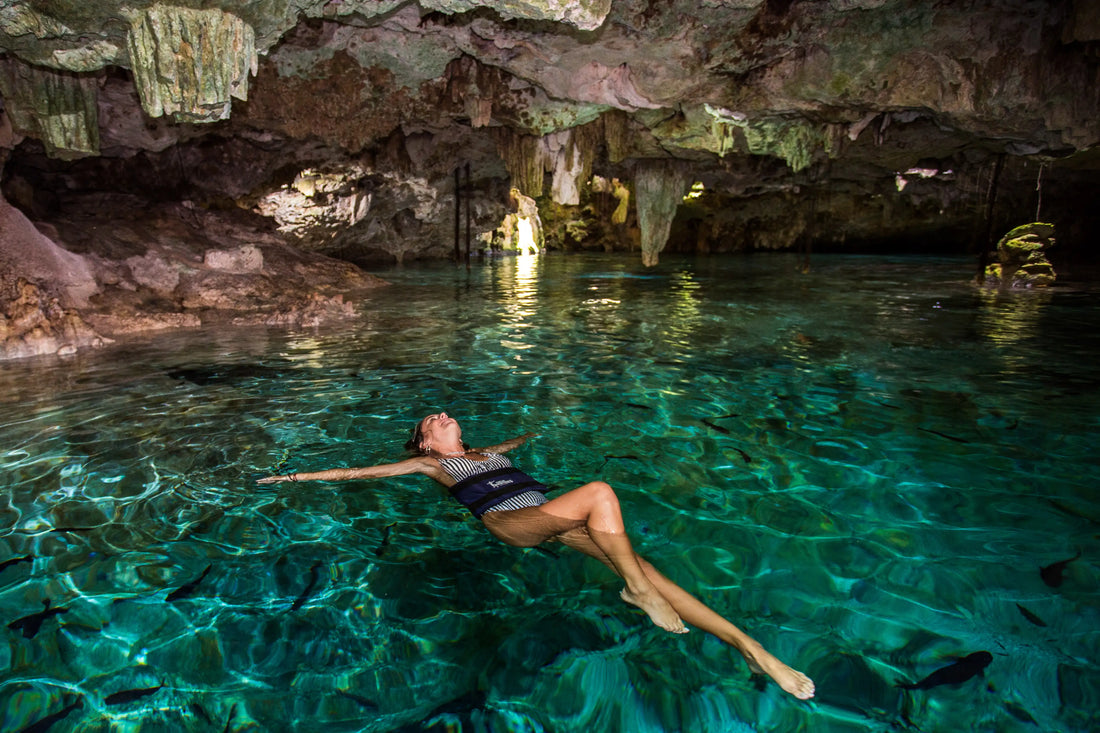
The Evolution of Swimming Around the World
Swimming is more than a survival skill or a sport—it’s a cultural practice shaped by history, geography, and tradition. Let’s take a quick tour of how swimming evolved across different parts of the globe.
Ancient Civilizations
Historical texts and art from Egypt, Greece, and Rome show that swimming was a valued skill. It was included in military training and even taught in early schools.
Asia’s Aquatic Expertise
Japan has long been known for its disciplined approach to swimming. Samurai were expected to be proficient in it, and the country still leads in developing swim techniques.
Indigenous Swimming Traditions
Across Australia, Aboriginal communities passed down swimming and diving skills for centuries—well before the modern stroke names were even invented. Similarly, Pacific Islanders are known for open-water navigation and endurance.
European Influence & Competitive Swimming
The 19th century brought the standardization of strokes and formal competitions in Europe. England led the way in codifying rules, while clubs and pools became more common.
North America and the Rise of Swim Schools
In the 20th century, swimming became mainstream recreation and part of school curriculums across North America. Today, cities like Toronto are home to swim schools that cater to every age and ability level.
Swimming is universal. Its styles and significance may differ, but water connects us all.
